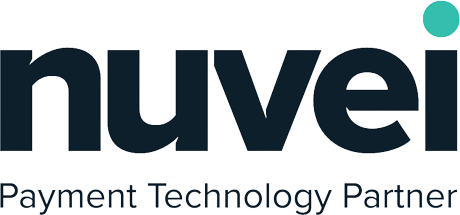Cloud Cost Visibility & Tagging Automation
Uncover spend trends across your organization, gain visibility and lower costs.
Get your cloud cost saving assessments today:

Gain immediate visibility on your cloud costs with GlobalDots
We at GlobalDots, are always on the hunt for innovative and impactful solutions which help businesses cut their cloud costs. Adopt our Cloud Cost Visibility & Tagging Automation solution to gain the next level of cost intelligence, and put numbers into context.
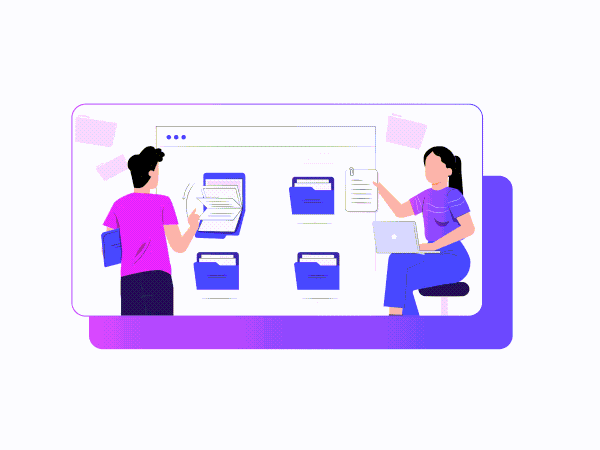
-
100% Accurate Visibility -
0 Time Wasted -
Instant Impactful Savings
How does it work?
 Streamline Your Tagging Process
Streamline Your Tagging Process
Improve your unit economics, empower engineering to control spend, and connect the dots between cloud cost and your business on auto-pilot.
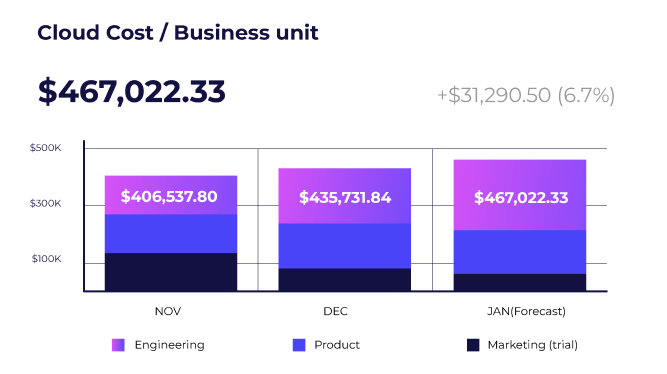
Explore, drill down in numbers, and get notified on anomalies to better understand your business’s cloud spend.
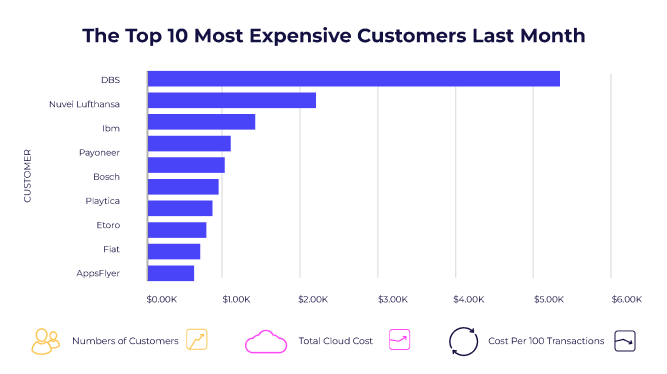
Don’t limit yourself to your cloud provider’s taggings. Efficiently distribute your expenditure in alignment with your business needs, whether for containerized environments, shared resources, multi-tenant infrastructures, and beyond.
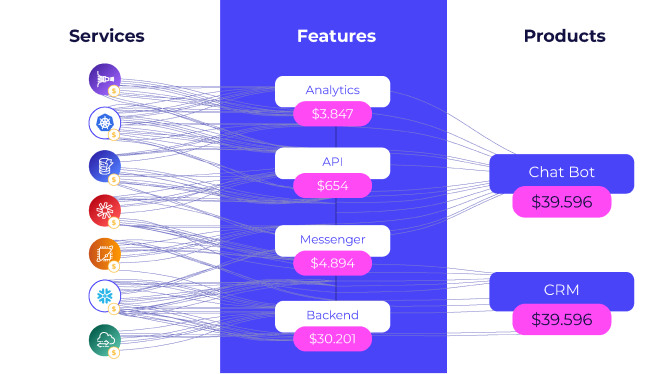
Aggregate all cloud costs coming from different providers like AWS, GCP and Azure including platforms like Snowflakes, Databricks, New Relic and more.
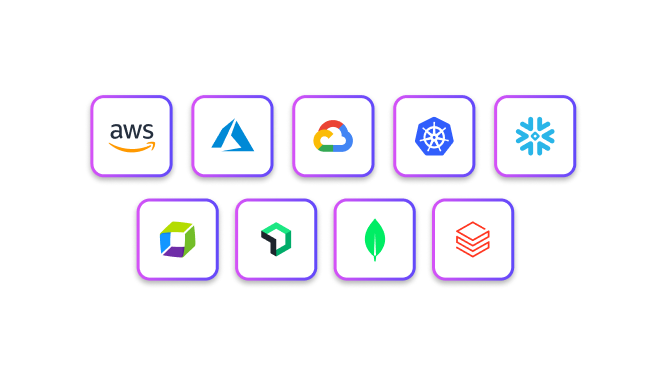
FAQs
-
What is cloud cost visibility?
Cloud cost visibility is the ability to clearly see and understand how much money is being spent on cloud services. It involves breaking down costs by tags, labels, or even virtual tags to allocate expenses accurately. This breakdown can be done per customer, product, or request, helping companies track revenue and manage their cloud expenses more efficiently.
-
What is multi cloud visibility?
Multi-cloud visibility is the ability to clearly see and understand expenses across multiple cloud services such as GCP, AWS, and Azure. It involves breaking down costs by tags, labels, or virtual tags to accurately allocate expenses across these platforms. For instance, it can help manage expenses across multiple AWS environments within an organization, aiding in revenue tracking and efficient cost management across diverse cloud infrastructures.
-
What is limited cloud usage visibility?
Limited cloud usage visibility refers to a situation where organizations lack comprehensive insights into their cloud service consumption. This could result from insufficient monitoring tools or incomplete data analysis. Without clear visibility, it’s challenging to track resource utilization, identify underutilized assets, or anticipate potential cost overruns. Companies may struggle to allocate expenses accurately, leading to inefficient spending and difficulty in optimizing cloud resources. Limited visibility inhibits the ability to make informed decisions regarding cloud usage, potentially hindering operational efficiency and cost-effectiveness. Implementing robust monitoring solutions and data analysis practices is crucial to enhance visibility and maximize the benefits of cloud services.
-
What is the lack of visibility in cloud computing?
The lack of visibility in cloud computing refers to the absence of comprehensive insight into resource usage and expenses. This can hinder revenue tracking, as organizations struggle to accurately allocate costs and optimize spending. In multi-tenant environments, inadequate visibility may lead to challenges in identifying individual users’ consumption patterns and associated costs. Without clear visibility, it’s challenging to ensure efficient resource utilization, potentially resulting in wasted resources and increased expenses.
-
What is the purpose of cloud tagging?
The purpose of cloud tagging is to provide a structured way to label resources for better management and organization in cloud environments. Tags enable cost allocation by associating expenses with specific projects, departments, or customers. They clarify ownership and responsibilities by identifying who is responsible for each resource. Establishing a tagging policy ensures consistency and adherence to tagging standards, while tagging strategies help optimize resource management and enhance visibility into cloud spending.
-
What is tagging in AWS?
In AWS, tagging is a way to attach labels to resources like EC2 instances or S3 buckets. These labels, called tags, help organize and manage resources by adding metadata. Tags typically consist of key-value pairs, like “Environment: Production” or “Owner: John.” They enable better tracking, cost allocation, and resource management by categorizing and identifying resources based on their purpose, ownership, or other attributes.
-
What is tagging in GCP?
In Google Cloud Platform (GCP), tagging serves a similar purpose as in AWS. It involves attaching labels, or tags, to resources such as virtual machines or storage buckets. These tags consist of key-value pairs, like “Environment: Production” or “Owner: Alice.” Tagging helps organize and manage resources, enabling better tracking, cost allocation, and resource management based on attributes like purpose, environment, or ownership.






